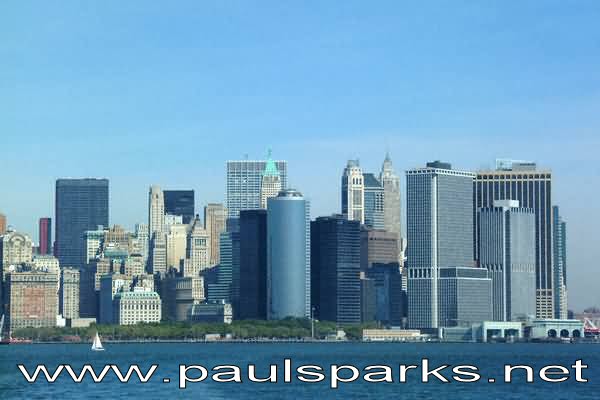 ຂຽນເມື່ອ: ມ.ກ.. 7, 2009
| ມີ
0 ຄຳເຫັນ
ແລະ
0 trackback(s)
 ໜວດໝູ່:
ອື່ນ ໆ
LANDSCAPE: -
The US has many National Parks who employ Park Rangers to look after the land and animals. -
The Southwest: The American Southwest is made up of desert areas such as Nevada and many other national parks. The area also includes volcanoes, the most famous being Mount Saint Helens. The area also includes the Hoover Dam, a hydropower energy station. -
The Northwest: Near the Canadian border is Yellowstone National Park, named after the river which flows through the area. It is the oldest of the national parks, dating from 1872. It is famous for the hot water springs and waterfalls. -
The Rocky Mountains - Colorado: The Rockies are famous mountains, running from the Canadian border to the South, through Colorado. They attract many visitors who climb the snow covered mountains. -
Florida: The south east area of the US, is the state of Florida which is warm all year, unlike the north of America. Florida has many beaches and many tourist attractions such as Disney World at Orlando. Florida also has the Everglades national park, with many animals including alligators. South of Miami towards Cuba there are a series of islands called the Florida Keys. -
Urban Areas: Each city in America has a unique atmosphere. Many areas are highly developed with huge shopping malls, cinemas etc.
ARCHITECTURE & BUILDINGS: America is well known for the skyscraper, the tall building which are all across the US. They were made possible by new construction techniques and the invention of the elevator, the first skyscraper went up in Chicago in 1884.

Styles in American Architecture:
The Seventeenth Century: 17th Century Colonial - Term applies to both New England and Virginia architecture. The Eighteenth Century: Georgian (1714-1776): English-inspired colonial architecture. Marked by a greater concern for style and higher standards of comfort. Neoclassicism (c.1780-1820): There are several variations: Federalist: Especially common in New England; a traditionalist approach, heavily influenced by English. Idealist: An intellectual and moral approach to classicism, at first linked to Roman models. Symbolic and associational values stressed. Rationalist: Emphasized structure and classical building techniques, such as stone vaulting and domes. The Nineteenth Century: Greek Revival (1818-1850): The first truly national style in the United States. Strong associational values. Gothic Revival (c. 1820-1860): Strong associational values of religion and nature. The "Corporate Style" (c.1800-1900): Practical architecture for engineering and commercial purposes; especially early factories. Egyptian Revival (1820-1850): Used primarily for memorials, cemeteries, prisons, and later, warehouses. Italianate, or Italian Villa Mode (1840-1860): A residential style used by A.J. Downing and others; a Renaissance revival. Second Empire Baroque (1860-1880): French origin; used for public and residential architecture. High Victorian Gothic (1860-1880): English origin; used for ecclesiastical, public, and residential architecture. Richardsonian Romanesque (1870-1895) Shingle Style (1879-1900): Used for residential architecture. Chicago School (1885-1915): Commercial architecture; skyscrapers. New York Style Skyscrapers (1875-1910): Typically use a historical style; block and tower format. Classical Revival (1885-1920): Also called Academic Classicism, or Beaux-Arts Classicism.
Gothic (Collegiate Gothic) (1885-1930) THE TWENTIETH CENTURY: Prairie School (1893-1920) Wrightian, or Organic Architecture (1920-1959) Historicist Skyscrapers (1900-1940) Setback Style Skyscrapers (1920-1950) Art Deco (1925-1940): Also called Art Moderne, Streamlined Modern. International Style I (Early Modern) (1929-1940), International Style II (1945-1970) Formalism (1957-1996): A renewed interest in monumental qualities and an interest in form for expressive purposes. Brutalism (1957-1996): Characterized by the use of rough-cast concrete and massive forms. Late Modern (International Style III) (1970-1996)
|
|
|